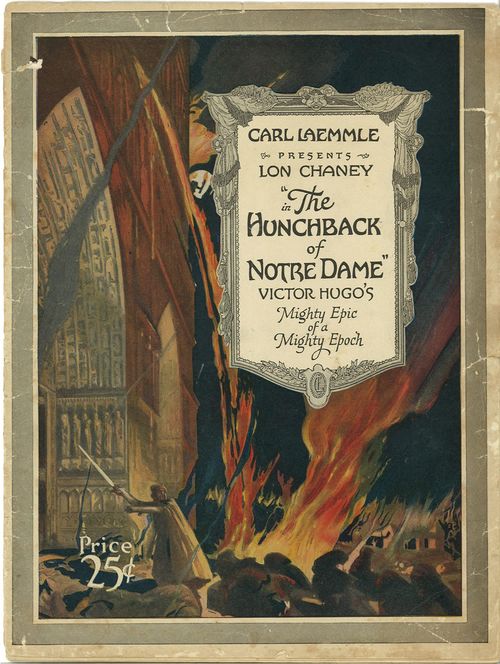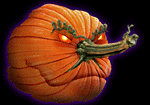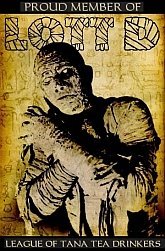 Zombos Says: Good (but formulaic)
Zombos Says: Good (but formulaic)
"We've got to kill it."
"How do we do that, then?" yelled Donna, shoving it back down with her foot. "F**king thing's been dead since Tuesday."
The walking dead in David Moody's Autumn: The City don't bite. He even avoids calling them zombies, using cadavers instead. That's what the few survivors call them when a mysterious virus, or toxin, or some biological event kills everyone else in the city. In this second book in the Autumn trilogy, the city becomes ground zero for thousands of inhabitants who violently die, then slowly reanimate--even as they continue to physically deteriorate--into predators.
Moody's undead predators do not crave brains or test the intestinal fortitude of the living by craving human flesh. They are so rotted away as to make them easy to knock over and avoid. One at a time. It's when they gather in groups they become a problem. Noise, fire, bickering living people, and just about any lively activity attracts them; and when the undead see a large group of undead they meander over to see what's so interesting. That's the problem faced by the survivors, with some holed up in the university, others holed up in an office building, and the 300 hundred or so soldiers holed up in their bunker. How they deal with the problem is the gist of Moody's story.
With his cadavers not exhibiting the usually more culturally popular and expected characteristics of gruesome dining, Moody deals with the post-apocalyptic angst his survivors are going through instead. His people aren't unusually resourceful or altruistic or despicable; they just want to survive with whatever semblance of their past lives they can keep together. Something not easy to do when food is scarce, the stench of decay is eye-watering, and thousands-going-on millions of undead want to beat the living daylights out of you, if only to pass their mordant time away.
With so many undead stumbling in the way, it wouldn't be possible for the survivors to reach each other, or find a way to escape, unless some leeway is given. Moody's cadavers are harmless initially, but begin to grow in to their new reality in stages: listless and clueless at first, then becoming faster, more aggressive, and more aware of those different from them. This transition from no problem, but they stink, to oh, crap, we better get out of here isn't played up for all it could be worth. It generates a modicum of tension as the living argue over staying put or leaving, and how to get from point a to point b, without being noticed if and when they decide to go, but more of the novel's time is spent on primary actions without much character description or depth: the basics of arguing, despairing, avoiding, and finding transportation are here, and not much else. Unlike his Hater's first-person, roller-coastering now point of view, The City is written in third-person, past-tense, and, while breezily paced, doesn't hold the emotional clout of that novel.
One character stands out. Nathan. He's selfish, frightened--though he talks tough--and wants so badly for his normal life to come back that he's frozen to the spot. His goal is to find a club or bar and drink himself into a stupor; then find another club or bar and keep pouring into a deeper stupor. His single-minded, ultimately pointless, and altogether sad outlook, provides a fulcrum for emotional depth Moody tips at, but never loads heavy.
Like his cadavers, Autumn: The City is lightweight zombie fare and, while easy to read through, page by page, should be more threatening and oppressively dire in its possibilities.
A print copy of Autumn: The City was provided for this review by St. Martin's Press.






























